Understanding a Yarn Ball Band
Every ball of yarn comes with a band – or label – attached to it, detailing everything you need to know about the yarn and how to use it. Let’s start by looking at what information you’ll find on a yarn band and what it all means. Ball bands come in various shapes and sizes.
The brand and name of the yarn – this lets you know exactly what type of yarn you’re purchasing, so you know that it’s right for your project. It might be useful to research different yarn brands before you shop. Museling-free Merino wool from Katia, emphasising the ethical principles of the brand.
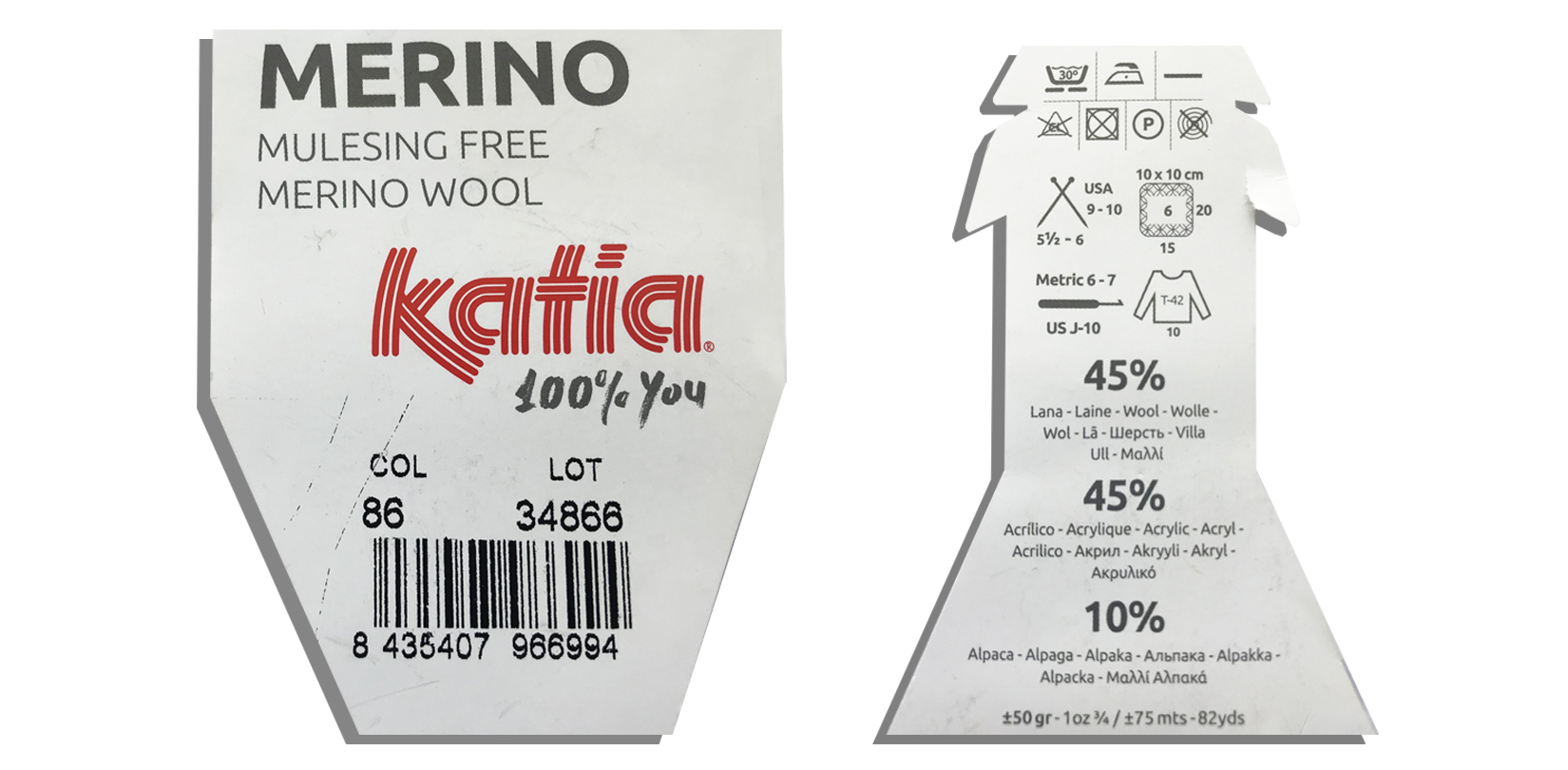
The colour or shade – this is typically represented by a number, a name, or sometimes both. For example, you may see: Shade Colour – Yellow, Shade Number – 304. A simple ball band for Drops’ Nord 4-ply yarn giving the details of origin (Made in Peru), in addition to the colour and dyelot details - plus QR code.

Dye lot – yarns are always dyed in batches (or ‘lots’) which helps to identify small variations in colour which can occur. This is represented by a number which you can find on the ball band. Top tip: when buying numerous balls of the same yarn for a project, check the lot number is the same on every ball to ensure a consistent appearance throughout. The reverse of Sirdar’s No. 1 DK yarn ball band shows the colour (shade 0203) and dye lot (lot N88) details.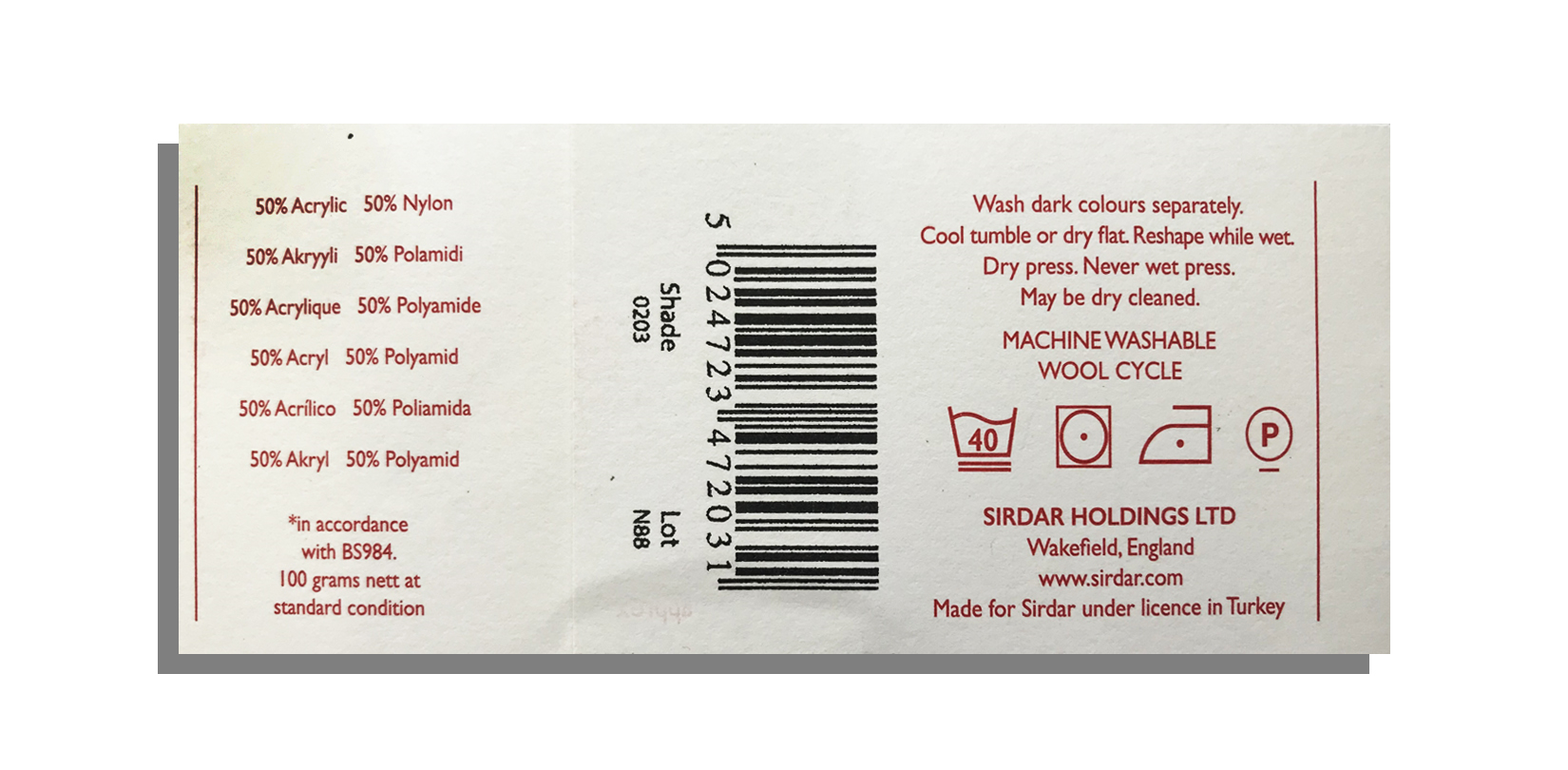
Fibre content – this tells you exactly what the yarn is made of. Yarn blends will show you the percentage of each. This is important to know for many reasons such as how the yarn will behave, how to look after it, and whether it could affect someone with allergies. Eco-yarn from Italian brand Adriafil show a 100% Alpaca blend.
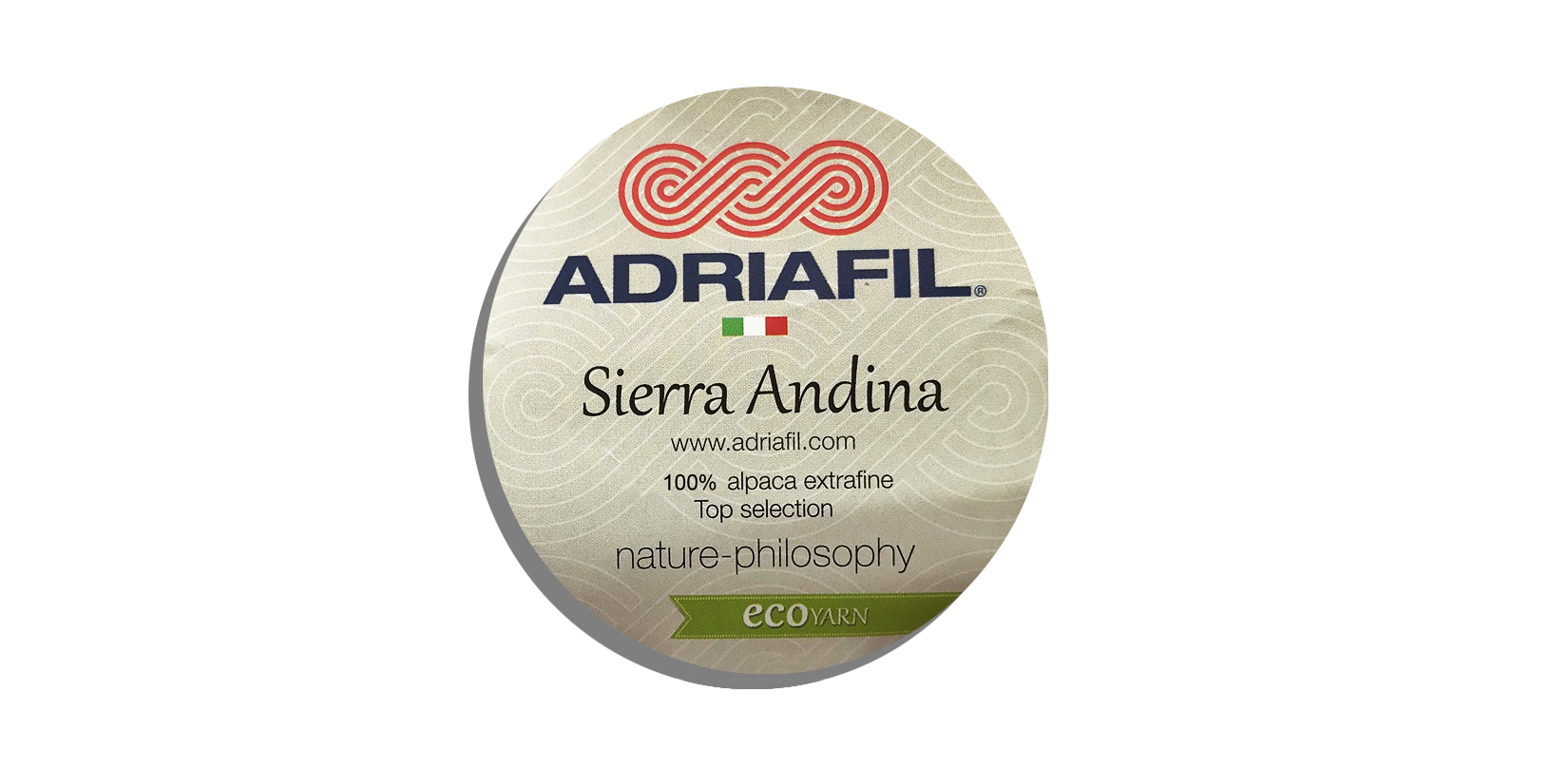
Ball weight – this is usually represented in grams (but could differ between countries). The weight of a yarn ball can differ due to what it’s made of and the quality of the fibres.
Ball length – this is usually represented in metres or yards. A Women’s Institute ball band for a 100g ball of DK wool. The yarn length refers to the number of metres in the ball of wool
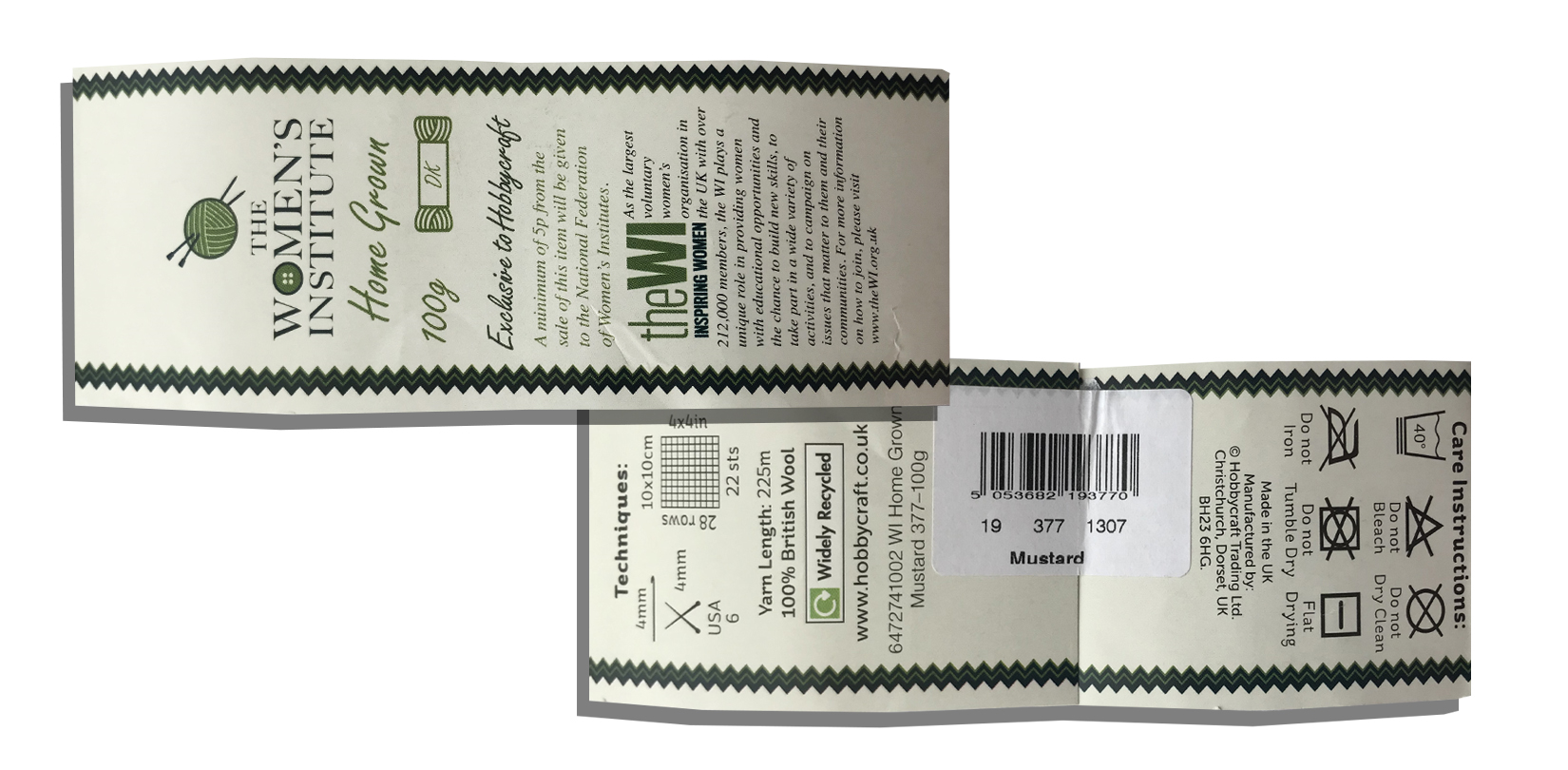
Yarn weight – some examples of this are Aran, Chunky or Double Knitting. In the US, different terms are used, for example Worsted or Bulky. Balls of yarn with the same yarn weight can have different characteristics. So, yarns grouped under the heading ‘chunky’ can vary in thickness and the suggested needle size to use – one ball band could suggest a 6mm needle, another an 8mm needle. Bergere de France’s Chunky Merinos 7 yarn is described as both ‘Chunky’ and the equivalent US term ‘Bulky’ (weight 5) on the ball band.
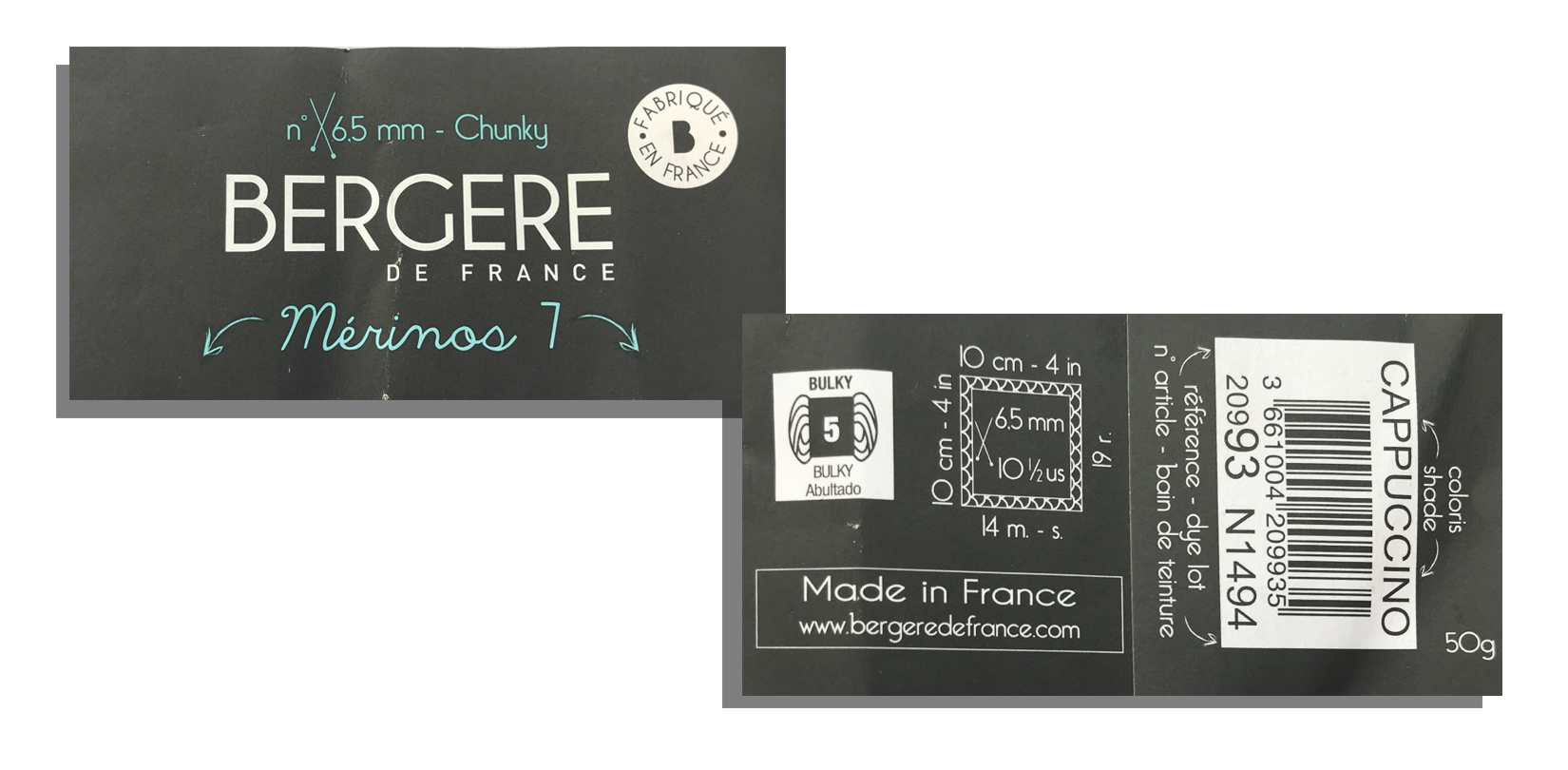
Needle or hook size – most ball bands will recommend one or more sizes of needle you should use when working with that yarn. However, these are only recommendations and are by no means hard and fast rules. Play around with different sizes and work out what feels best for you!
Tension / Gauge – most yarn bands will provide a tension guide, indicating the number of stitches and rows required to create a 10cm/4inch square using the needles they recommend and stocking-stitch (knit first row, purl second row). Knitters will find this useful for creating a gauge swatch. For more information, please read our ‘Gauge and Swatching Explained’ blog. Sirdar’s ‘No. 1’ double-knitting yarn: a 100g ball, with a meterage of 230m/251 yards per 100g. Gauge details and recommended needle size are also included
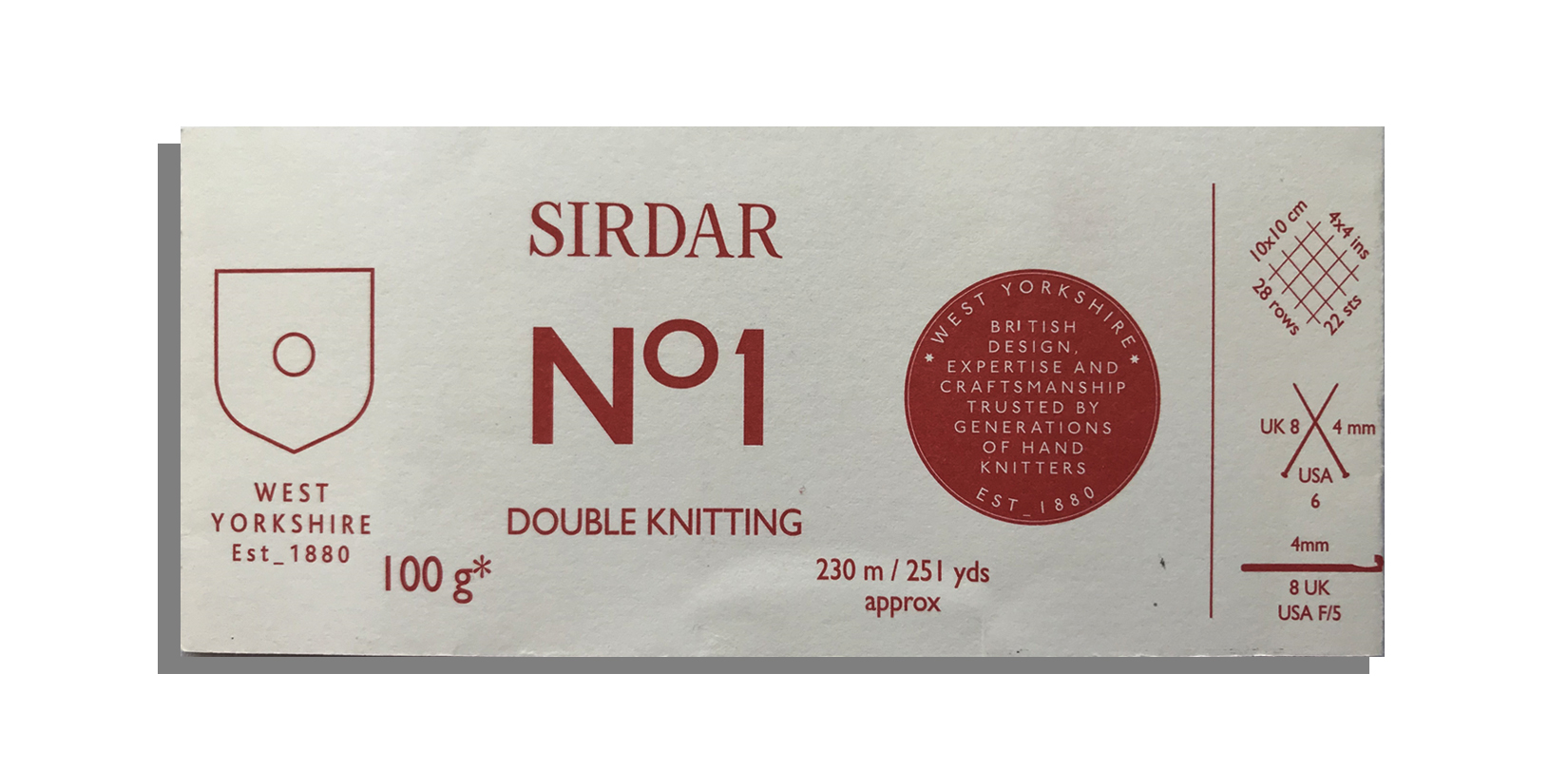
Care instructions – this will appear like the instructions you might find on any typical piece of clothing. This provides information about things like washing, ironing, and drying, so you can ensure that your creation will last as long as possible! British brand, West Yorkshire Spinners’ Elements yarn, a blended, double-knitting weight yarn made from 60% Lyocell and 40% Falkland Islands wool. Hand wash only.
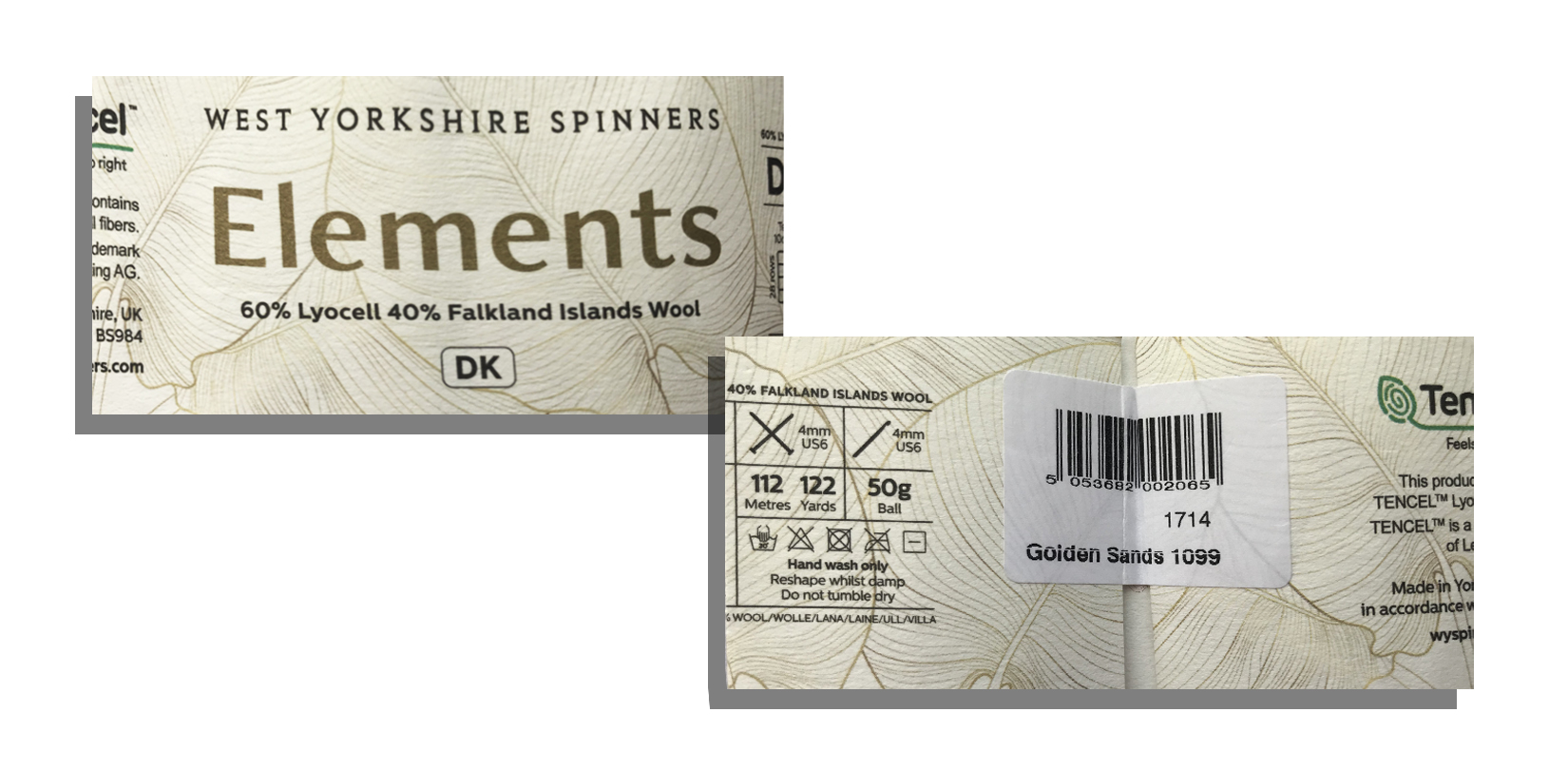
Are you interested in learning more about choosing yarn? Have a read of our blog on ‘How to Choose a Substitute Yarn’.
